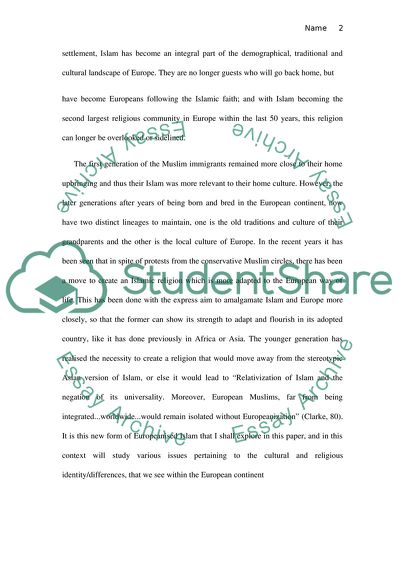Cite this document
(“Europeanization of Islam in European Countries Research Paper”, n.d.)
Europeanization of Islam in European Countries Research Paper. Retrieved from https://studentshare.org/religion-and-theology/1741789-islam-in-europe-europeanization-of-islam-in-european-countries
Europeanization of Islam in European Countries Research Paper. Retrieved from https://studentshare.org/religion-and-theology/1741789-islam-in-europe-europeanization-of-islam-in-european-countries
(Europeanization of Islam in European Countries Research Paper)
Europeanization of Islam in European Countries Research Paper. https://studentshare.org/religion-and-theology/1741789-islam-in-europe-europeanization-of-islam-in-european-countries.
Europeanization of Islam in European Countries Research Paper. https://studentshare.org/religion-and-theology/1741789-islam-in-europe-europeanization-of-islam-in-european-countries.
“Europeanization of Islam in European Countries Research Paper”, n.d. https://studentshare.org/religion-and-theology/1741789-islam-in-europe-europeanization-of-islam-in-european-countries.


